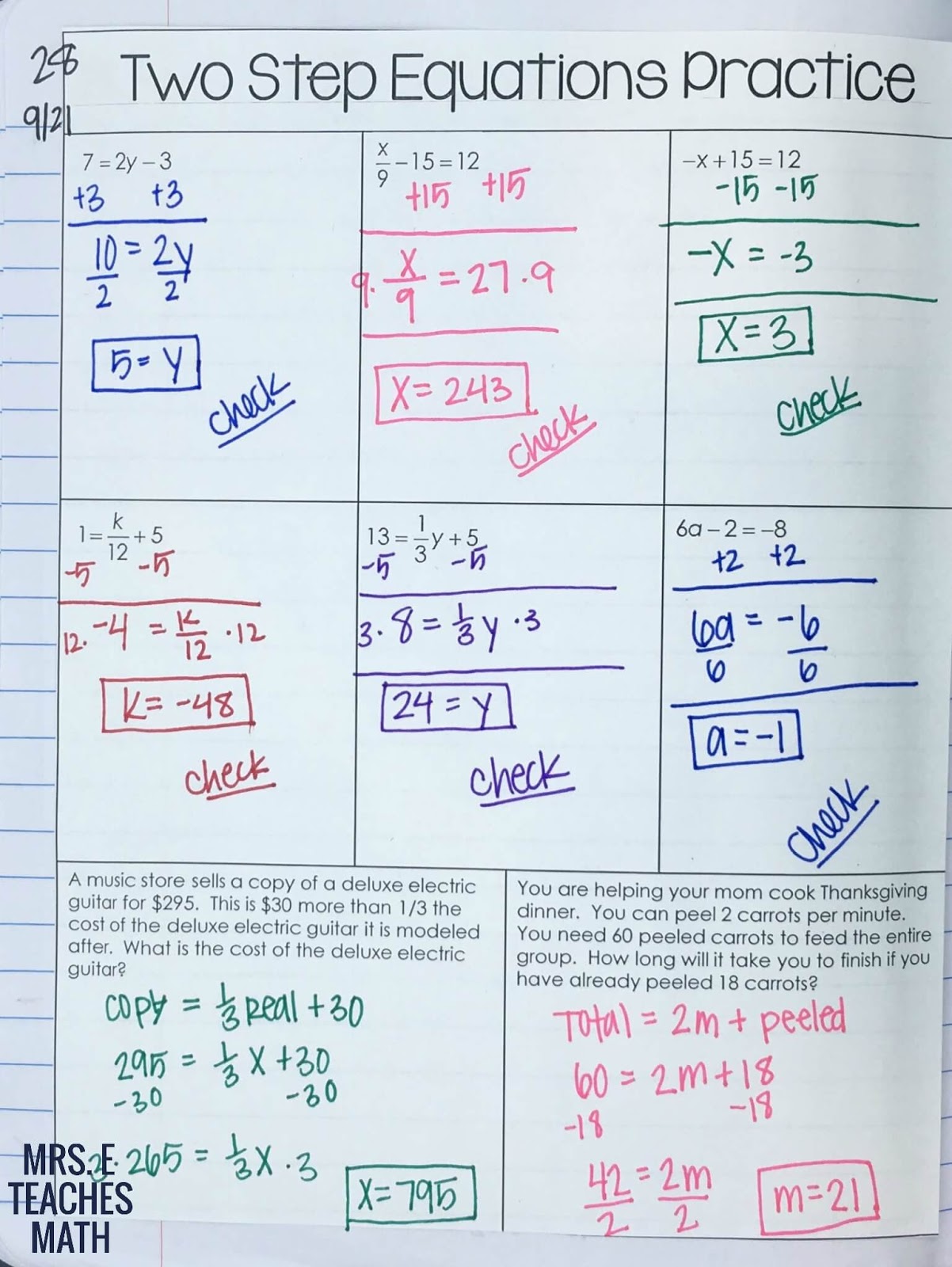

Note that there are two values that when squared will equal A.Īdd 10 to each side. But, from previous observations, we have the following theorem. Solution Since x 2 - 12 has no common factor and is not the difference of squares, it cannot be factored into rational factors. This means that in all such equations, zero will be one of the solutions.Īn incomplete quadratic with the b term missing must be solved by another method, since factoring will be possible only in special cases. Notice that if the c term is missing, you can always factor x from the other terms. We therefore use the theorem from the previous section. When you encounter an incomplete quadratic with c - 0 (third term missing), it can still be solved by factoring. If, when an equation is placed in standard form ax 2 + bx + c = 0, either b = 0 or c = 0, the equation is an incomplete quadratic.ĥx 2 - 10 = 0 is an incomplete quadratic, since the middle term is missing and therefore b = 0. Solve an incomplete quadratic equation.Identify an incomplete quadratic equation.This only occurs when the trinomial is a perfect square. Remember, every term of the equation must be multiplied by (x + 1).Ĭheck the solutions in the original equation.Ĭheck in the original equation to make sure you do not obtain a denominator with a value of zero. (x + 1) is the least common denominator of all the fractions in the equation. Note in this example that the equation is already in standard form.Īgain, checking the solutions will assure you that you did not make an error in solving the equation. In this example 6 and -1 are called the elements of the set.

The solutions can be indicated either by writing x = 6 and x = - 1 or by using set notation and writing, which we read "the solution set for x is 6 and - 1." In this text we will use set notation.
-Trick-Viral-Equation-2152.jpg)
If x = 6, then x 2 - 5x = 6 becomesĬhecking your solutions is a sure way to tell if you have solved the equation correctly. Step 4 Check the solution in the original equation. This applies the above theorem, which says that at least one of the factors must have a value of zero. Since we have (x - 6)(x + 1) = 0, we know that x - 6 = 0 or x + 1 = 0, in which case x = 6 or x = - 1. Step 3 Set each factor equal to zero and solve for x. Solution Step 1 Put the equation in standard form. Of course, both of the numbers can be zero since (0)(0) = 0. We can never multiply two numbers and obtain an answer of zero unless at least one of the numbers is zero. We will not attempt to prove this theorem but note carefully what it states. In other words, if the product of two factors is zero, then at least one of the factors is zero. The method of solving by factoring is based on a simple theorem. This method cannot always be used, because not all polynomials are factorable, but it is used whenever factoring is possible. The simplest method of solving quadratics is by factoring. It is possible that the two solutions are equal.Ī quadratic equation will have two solutions because it is of degree two. This theorem is proved in most college algebra books.Īn important theorem, which cannot be proved at the level of this text, states "Every polynomial equation of degree n has exactly n roots." Using this fact tells us that quadratic equations will always have two solutions.

The solution to an equation is sometimes referred to as the root of the equation. In other words, the standard form represents all quadratic equations. The standard form of a quadratic equation is ax 2 + bx + c = 0 when a ≠ 0 and a, b, and c are real numbers.Īll quadratic equations can be put in standard form, and any equation that can be put in standard form is a quadratic equation.


 0 kommentar(er)
0 kommentar(er)
